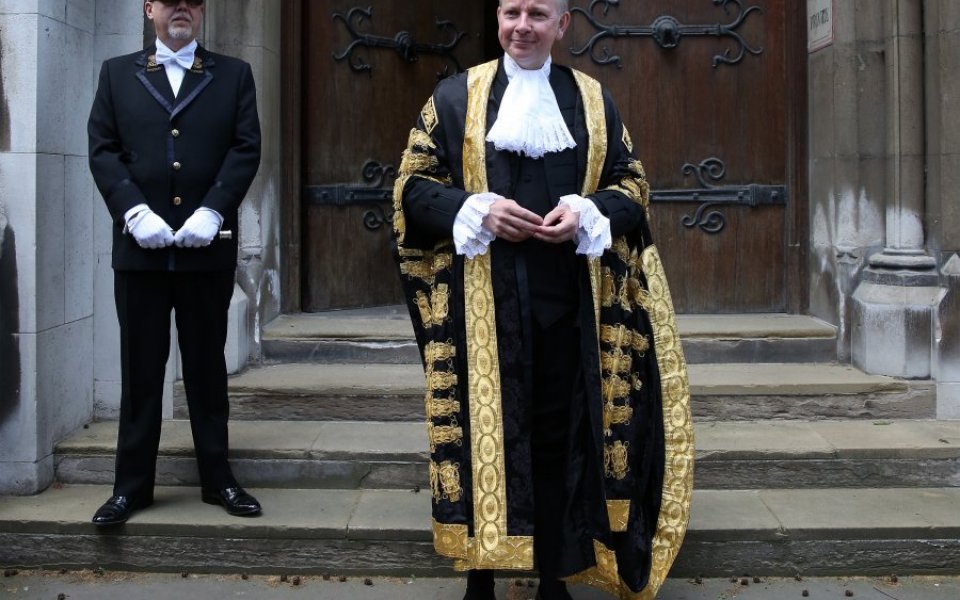Prisons and public spending: how can minister for justice Michael Gove make the maths add up?

Prison statistics released by the government this morning show an increase in prisoners, while at yesterday’s spending review, the chancellor told the Ministry of Justice to find £600m worth of savings by 2019, which is a 15 per cent cut to his resource budget.
How can Justice Secretary Michael Gove make the maths add up? The number of prisoners in England and Wales is expected to increase over the next five years. This means we will need an additional 3,923 prison places in 2021. With the average prison place costing about £36,200, this could come with an annual bill to the taxpayer of £141m.
This leaves Gove with a headache. His department’s cut is a much bigger cut than any of the other main public services – such as police, education and health – which all received a better deal. He is therefore left with the prospect of having more prisoners with much less money to pay for them.
Read more: Here's how much was cut from departmental budgets
Yesterday’s spending review included cuts of £200m from the courts service and a huge reduction in the number of civil servants working for the Ministry of Justice and its agencies. But Gove can’t get close to achieving the savings set out by the chancellor unless he also reduces the amount of money spent on prisons – as this makes up the lion’s share of his budget.
Gove has already announced plans to sell off old Victorian prisons and use the proceeds to build newer facilities – but this will take years to deliver and will mainly benefit his capital budget rather than day-to-day spending. He might try to drive down the average amount of money spent on each prison place – but with prisons already perilously short-staffed and conditions deteriorating there is not much room for manoeuvre here.
Gove therefore needs to deliver on his promise to rehabilitate prisoners and reduce re-offending rates, as the only way to realise savings. To achieve this he should focus on the large number of low level offenders who cycle in and out of prison on short-term sentences.
He is already drawing inspiration from recent reforms in Texas and other US states, where leading Republican politicians have led the charge to reduce the amount of taxpayer money that is wasted on prisons which fail to rehabilitate offenders, reduce crime or protect victims. They have done this by giving more power to judges to use intensive drug and mental health rehabilitation programmes, with swift sanctions to lock-up those who break the terms of the programme.
Read more: Here's where departmental budgets were cut last year
But he can also learn lessons from reforms closer to home. Today’s Youth Offending figures for England show that this has been a stunningly successful area of reform over the last ten years, with the number of young offenders falling by around two thirds since 2007.
There are a number of things that could lie behind this drop in offending, including the creation of local ‘youth offending teams’ which integrate probation, social work and other services; the use of ‘diversionary’ activity by police forces and financial incentives for councils to reduce the number of children held in custody on remand.
In a report to be published next month, IPPR will argue that this approach to reducing offending should be rolled out to other parts of the criminal justice system – especially young adult men.
If Gove is able to preside over similar gains in the adult prison system as we have witnessed in youth justice, he will be able to rise to the chancellor’s challenge of cutting spending and keeping the public safe.